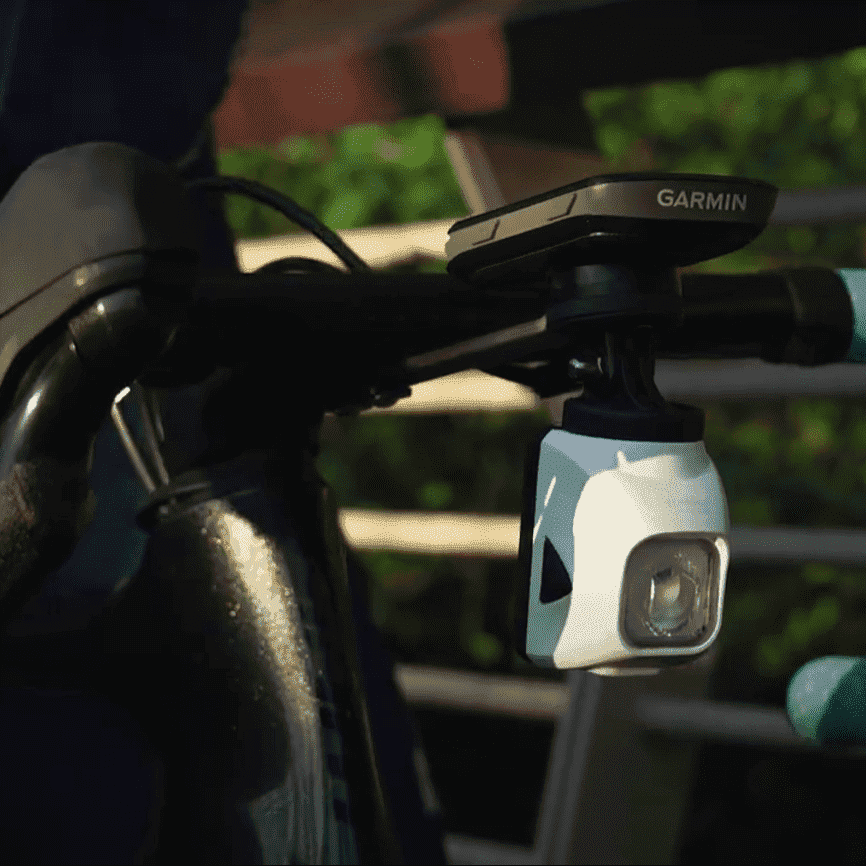Cycling Safety: Essential Equipment and Tips
Cycling safety is the primary concern of every cyclist, especially as the number of cyclists increases and safety on the road becomes more important. In addition to safety equipment such as helmets, cycling clothes and protective gear, the right bike lights can also greatly improve the safety of cycling, especially when riding at night.
- Helmets: the most important piece of safety equipment
- Why you need it: The head is the most vulnerable part of the body when riding. Wearing a proper helmet can effectively protect your head and reduce the risk of injury.
- Selection advice: It is important to choose a helmet that meets safety standards and is the right size. Make sure the helmet fits snugly on your head when wearing it, and adjust the tightness of the chin strap at the same time. A padded helmet design enhances comfort and protection.
- Cycling Clothing and Protective Gear
- Cycling clothes: Cycling clothes are made of breathable materials that keep the body dry and cool, reduce friction, and enhance cycling comfort. This is especially important when riding long distances, and well-fitting jerseys can also effectively minimize skin abrasions.
- Protective gear: Riding gloves and knee pads are effective in preventing hand and knee injuries, especially in the event of a fall while riding. Cycling gloves also enhance grip comfort and reduce hand fatigue.
- Bike Lights: Enhance visibility and safety
- Front light: Choose a front light with high brightness and long-time lighting ability, which can effectively illuminate the road ahead and avoid obstacles during night riding.
- Tail light: Choose a red tail light to alert other traffic participants of your presence at night or in low visibility. It is best to have a tail light with a blinking mode so that you can be seen more easily in changing light conditions.
- Traffic Rules and Riding Tips
- Obey traffic rules: Obey traffic signals and rules when riding, especially on busy urban roads. Avoid running red lights or failing to use turn signals, pay attention to surrounding vehicles and pedestrians, and keep a safe distance between vehicles.
- Obstacle avoidance and emergency braking skills: It is very important to master the skills of quickly avoiding obstacles and braking sharply. Maintain a good riding posture and stay focused when riding. If there is an obstacle in front of you, you should be ready to react in advance.









